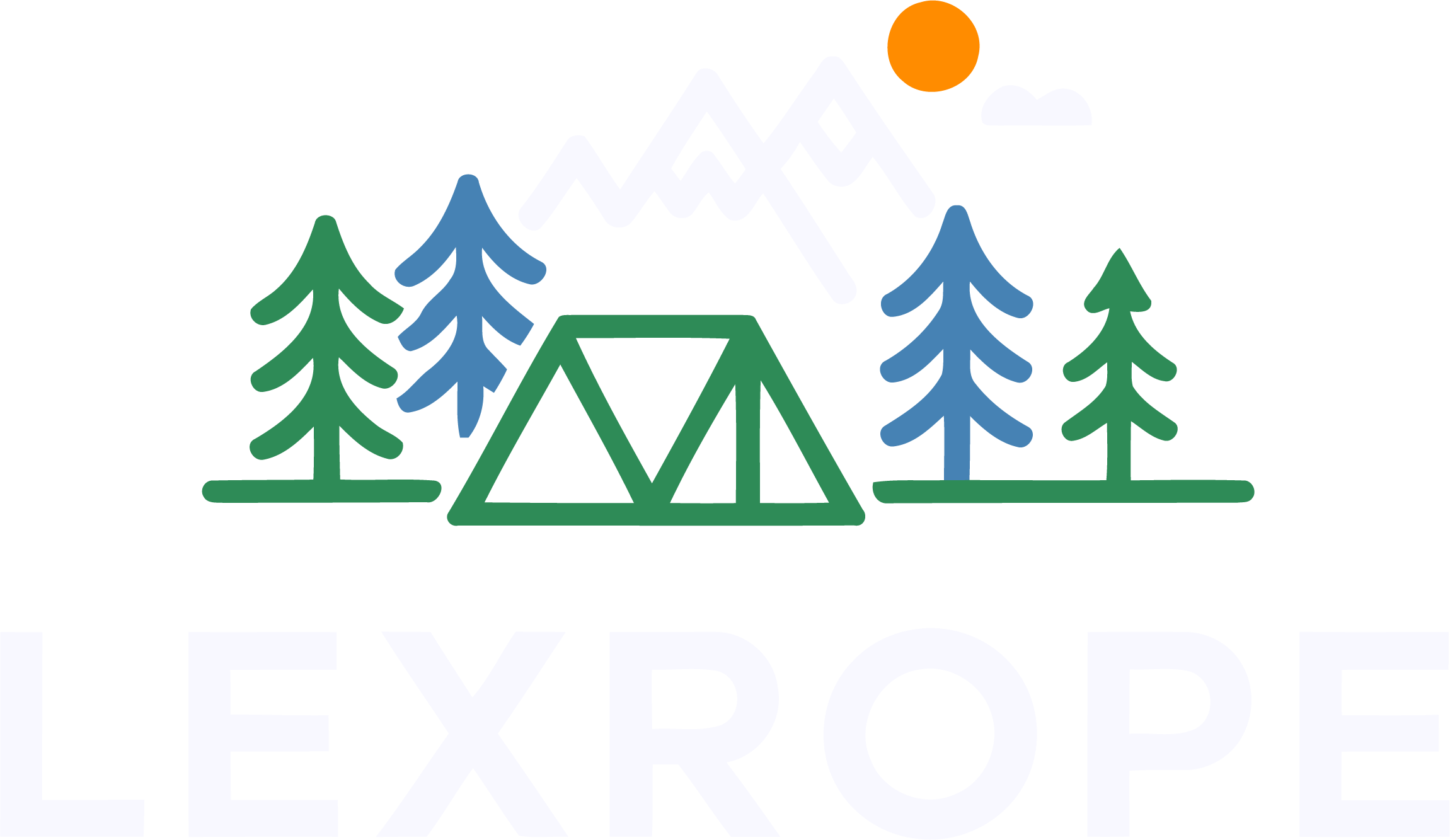Tents have been around for centuries, providing essential shelter in various environments. Today, they are mostly used for camping, hiking, and outdoor adventures, with countless designs available to suit different needs.
With so many options on the market, choosing the right tent can feel overwhelming. However, most tents can be categorized into 10 main types, each with its own strengths and weaknesses.
If you’re wondering which type of tent is best for you, here’s a breakdown of the most common tent designs and their pros and cons.
1. Dome Tents
Dome tents are one of the most popular types of camping tents, recognized by their curved, dome-shaped structure formed by two intersecting poles.
✅ Pros:
✔ Easy to set up—perfect for beginners.
✔ Aerodynamic shape helps withstand wind and rain.
✔ Freestanding, so they don’t require pegging down.
❌ Cons:
✘ Typically smaller in size, limiting storage and headroom.
✘ Larger dome tents may struggle in harsh weather conditions.
2. Extended/Modified Dome Tents
An extended dome tent is a standard dome tent with extra poles or extensions, creating more space for storage or living areas.
✅ Pros:
✔ More space than a regular dome tent.
✔ Great for families or groups needing extra storage.
❌ Cons:
✘ The extensions need to be pegged down, making it less portable.
✘ Limited headroom in the added sections.
3. Tunnel Tents
Tunnel tents use multiple curved poles to create a long, tunnel-like structure. They are commonly used for family camping due to their spacious interior.
✅ Pros:
✔ Large size with separate rooms for sleeping and storage.
✔ Offers more headroom than dome tents.
✔ Available in different sizes, making them versatile.
❌ Cons:
✘ Must be pegged down—not freestanding.
✘ Larger models take longer to set up and pack away.
4. Cabin Tents
Cabin tents have almost vertical walls, resembling a cabin or house. They offer a spacious interior and are great for longer camping trips.
✅ Pros:
✔ Maximum interior space—great for groups or families.
✔ Consistent headroom throughout the tent.
✔ Can be divided into separate rooms for privacy.
❌ Cons:
✘ Bulky and heavy, requiring a car to transport.
✘ Large footprint—requires a big, flat area to set up.
5. Geodesic/Semi-Geodesic Tents
Geodesic tents feature multiple poles crisscrossing each other, forming a highly stable and durable frame.
✅ Pros:
✔ Extremely stable in strong winds and extreme weather.
✔ Ideal for winter camping or high-altitude adventures.
❌ Cons:
✘ Expensive due to their advanced design.
✘ More difficult to pitch than simpler tent styles.
6. Rooftop Tents
Rooftop tents mount onto a vehicle’s roof rack, offering an elevated sleeping space.
✅ Pros:
✔ Keeps you off the ground, away from insects and wet terrain.
✔ Can be paired with an awning or annex for extra space.
❌ Cons:
✘ Requires a vehicle with a roof rack.
✘ Risk of falling—not ideal for young children.
7. Pop-Up Tents
Pop-up tents spring into shape instantly when unpacked, making them perfect for quick and easy setup.
✅ Pros:
✔ Fastest tent to set up—just unfold and go!
✔ Lightweight and great for festivals or short trips.
❌ Cons:
✘ Less durable and not suitable for bad weather.
✘ Single-layer designs mean poor insulation and condensation issues.
8. Bivy Sacks
A bivy sack (or bivouac shelter) is a tiny, one-person tent designed to be an upgrade from a sleeping bag.
✅ Pros:
✔ Ultra lightweight and compact—ideal for solo hikers.
✔ Quick and easy to set up.
❌ Cons:
✘ Very small space, with no room for gear storage.
✘ Can feel claustrophobic for some campers.
9. Teepee/Pyramid Tents
Pyramid tents use a single central pole, with the fabric stretched out and secured with stakes.
✅ Pros:
✔ Very lightweight and easy to carry.
✔ Simple design makes pitching quick and easy.
❌ Cons:
✘ Less stable in strong winds.
✘ Limited interior space due to sloping walls.
10. A-Frame/Ridge Tents
A-Frame (or Ridge) tents have a classic triangular shape, supported by two vertical poles and a horizontal cross-pole.
✅ Pros:
✔ Stable structure, especially in windy conditions.
✔ Simple lightweight design, easy to transport.
❌ Cons:
✘ Limited headroom and storage space.
✘ Outdated compared to modern tent designs.
Which Tent is Right for You?
Each tent design has its own strengths, so the best choice depends on where and how you camp.
✔ Backpackers & Hikers → Bivy Sack, Pop-Up Tent, or Geodesic Tent (lightweight and weatherproof).
✔ Family Camping → Cabin Tent, Tunnel Tent, or Extended Dome (spacious and comfortable).
✔ Extreme Weather & High Winds → Geodesic Tent or A-Frame Tent (high stability).
✔ Quick & Easy Camping → Pop-Up Tent or Dome Tent (fast setup).
✔ Off-Road & Car Camping → Rooftop Tent (keeps you elevated).
There is no one-size-fits-all when it comes to tents. The best choice depends on your camping style, group size, and the conditions you’ll face. Whether you need something lightweight for hiking or spacious for a family trip, there’s a tent out there to match your needs.
Before you buy, consider ease of setup, weather resistance, and portability to ensure you get the right tent for your next adventure!
